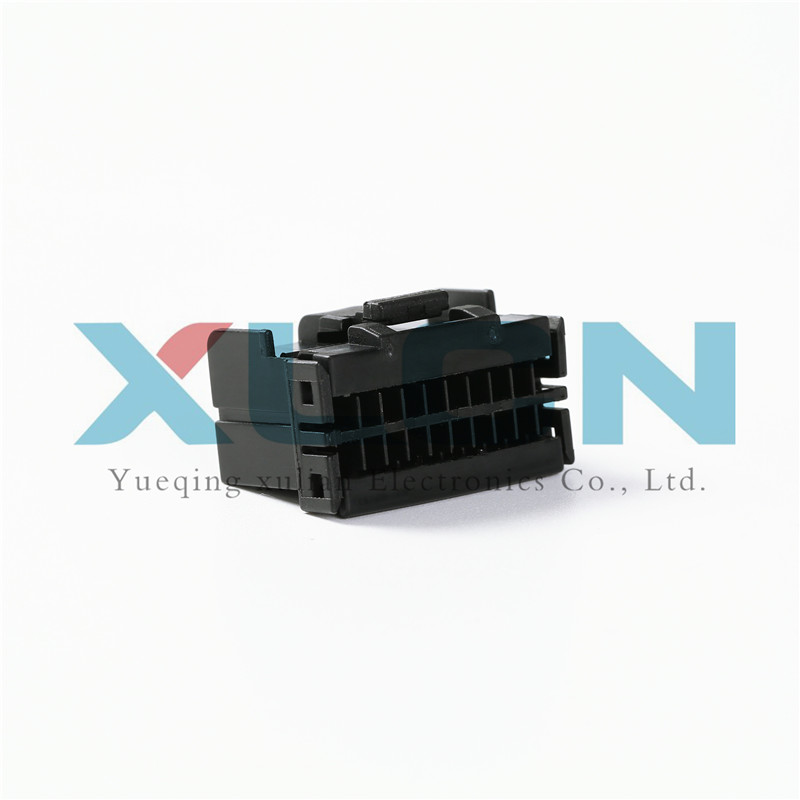By David Brearley, Senior Project Manager of Technical Services, Mayfield Renewables. A version of this article originally appeared on the Mayfield Renewables blog and is reposted here with permission.
The solar industry’s most dangerous misconception might be the deeply flawed notion of PV connector “compatibility.” As part of the 2020 round of revisions, the code-making panel responsible for Article 690 in the National Electrical Code introduced language intended to reduce performance and safety risks associated with PV module connectors. Electrical Wire Connectors

If your jurisdiction has already adopted NEC 2020, overlooking this seemingly small requirement could prove consequential and costly. Because of the intrinsic life safety and professional liability implications, industry stakeholders operating under previous NEC editions would be wise to plan ahead for the eventual adoption of these changes.
Missed Connections – Not surprisingly, module connectors are a common failure point in a solar electrical system. There are more connectors, after all, than modules or power converters or overcurrent protection devices. This is especially true with the advent of module-level rapid shutdown, which roughly doubles or triples connector quantities in roof-mounted systems. Nevertheless, not all PV connector failures are created equally.
As part of a technical assessment of solar project risk, TÜV Rheinland evaluated different PV module failure modes according to severity of effects, likelihood of occurrence and detectability. According to the results of this Failure Modes and Effects Analysis (FMEA), failures associated with dissimilar connectors represent the single greatest risk to PV system performance and safety. Walmart’s now-settled lawsuit against Tesla, which hinged in part on roof fires and incompatible module connectors, illustrates high stakes associated with dissimilar connectors.
To understand why mating different types of connectors is such a problem, it is important to recognize that no universal PV connector standard exists. Each product manufacturer designs and builds PV connectors to its own specifications. Housings from different vendors are made out of different materials; the electrical contacts are made out of dissimilar metals; there are no standard product dimensions or tolerances. These differences lead to failures, some of which lead to fires.
Mating Connectors – Industry experts have long been aware of the problems associated with mating incompatible PV connectors. Incident investigators and first responders have documented these failures in the field. Testing laboratory personnel have studied connector failure modes and root causes. Trade publications and trainers have shined a light on this issue and shared best practices.
The problem persists, in part, because of misleading advertising. It is not uncommon for module or module-level power electronics (MLPE) manufacturers to tout their PV module connectors as “MC-4 compatible” or similar. Unfortunately, connector “compatibility” is effectively meaningless. Granted, you can physically plug two “compatible” connectors together. However, a nationally recognized testing laboratory has not assessed and validated the quality, reliability, and safety of this electrical connection.
As a short-term solution to a persistent problem, the code-making panel introduced language pertaining to connector mating and intermatability as part of NEC 2020. Specifically, Section 690.33(C) states that: “Where mating connectors are not of the identical type and brand, they shall be listed and identified for intermatability, as described in the manufacturer’s instructions.” Explanatory text in the NEC 2020 Handbook notes: “The term intermatability is used in UL 6703, Connectors for Use in Photovoltaic Systems.”
Standardizing Connections – In the long-term, this NEC change may lead to a much-needed industry standard for PV connectors. If everyone builds and tests mating connectors to the same product safety standard, intermatability is all but guaranteed. Problem solved. Unfortunately, changes to product safety standards are often slow in coming.
In the meanwhile, the simplest way to meet the new NEC 2020 requirements in 690.33 is to ensure that connectors on PV modules are the same type and brand as connectors on MLPE devices and DC string conductors. Prior to NEC 2020, plan checkers and field inspectors were unlikely to evaluate PV connectors for intermatability. Installers should not only expect additional scrutiny going forward but also should take immediate steps to mitigate risks associated with dissimilar PV connectors.
Adopt the IETF mantra: Rough consensus; running code.
Nice article David. This is an important subject for sure and it’s good to get the word out there. Note that there is some momentum underway to develop a common consensus connector standard, such as was done for ANSI/NEMA WD 6. Hopefully industry will get behind this. That said, we should all understand that there are a lot of variables that will impact connector performance and reliability. As you point out it is not just that devices appear to fit together. Even if they have similar dimensions, details like materials used, manufacturing quality, dimension tolerances, etc. all contribute to long-term reliability and performance. Purchasers of PV modules and other connectorized equipment should ensure they understand what specific connectors are supplied with the equipment and how those connectors have been qualified and evaluated. The importance of good connections is not limited only to connectors from different suppliers.
This is what you get when you have enphase responsible for UL 6703 Standard for Connectors for Use in Photovoltaic Systems. As you say with mlpe the connector risk triples. This topic was brought up so many times as an issue why module level shut down should not be adopted. However it was pushed to the side each time. Talk about a conflict of interest!

Nissan Connectors Copyright © 2024 WTWH Media LLC. All Rights Reserved. The material on this site may not be reproduced, distributed, transmitted, cached or otherwise used, except with the prior written permission of WTWH Media Privacy Policy | RSS